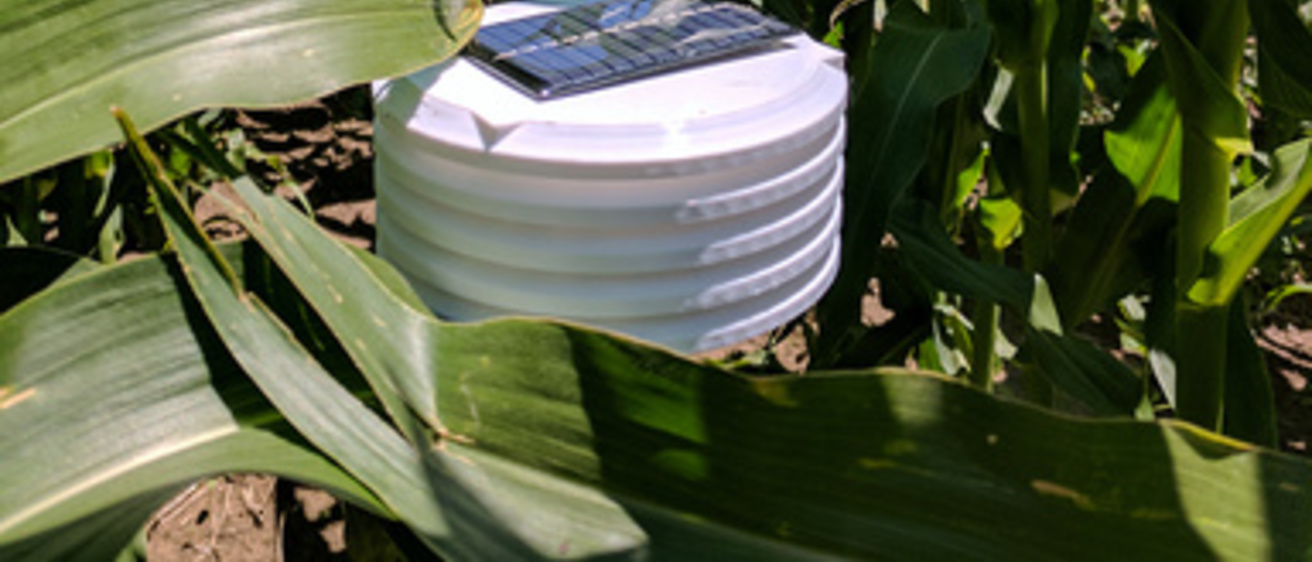Main navigation
Harnessing the Heartland: 2024 Meeting
Sponsored by: The University of Iowa and NASA
Dates: September 10–12, 2024
Location: The University of Iowa, Iowa City, Iowa
The 2024 Harnessing the Heartland meeting was focused on working out the structure and function of a multi-institution consortium for atmospheric science and climate resilience. The meeting built on the momentum from the recent meeting at the University of Nebraska, where strengths, capabilities, and potential collaborations were discussed around the theme of utilizing earth observations for improving public health.
Focused on lives and livelihoods, the September 2024 meeting at the University of Iowa focused on potential consortium designs to reach goals in improved educational pathways for students, workforce development opportunities, and information that positively impacts our stakeholder communities (e.g., agriculture, weather, disaster recovery, public health, industry, energy systems, climate resilience, urban and regional planning, etc.). We brought a focused group of 40 participants together for face-to-face meetings in the morning, followed by hybrid debrief sessions in the afternoons. A key product of the September meeting is a white paper with recommendations on structure, function, research questions, and other key consortium design issues.
Motivation
The region of the United States situated between the Appalachians and Rockies, commonly referred to as the “Heartland,” plays important roles in the economy and national security of the nation. The Heartland serves as the "breadbasket" of the nation, accounting for more than 60% of U.S. agricultural production. It is home to the nation’s largest aquifer, the Ogallala, as well as three major river systems, the Missouri, Mississippi ,and Ohio. Over the past two decades, this region of the country has experienced an uptick in numerous climatic extremes that have been, at least be partially, tied to our changing planet: extreme drought, derechos, flooding, crippling blizzards, extreme smoke and air pollution, extreme heat/cold, significant declines in groundwater, rapid changes in lake levels, and back-to-back years with record low streamflow values on the nation’s most important and iconic river. These events are not just expensive to businesses and governments. They represent a direct impact to the lives and livelihoods of people who are the backbone and economic drivers of the Heartland and the nation.
Register for updates about the project
*Please check your inbox for a confirmation email.

